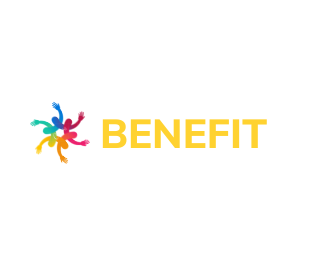BACKGROUND
Higher education institutions (HEIs) are challenged to maintain quality and innovative education for large student numbers while working with lower budgets, and to accommodate the needs of a great variety of learners. As a consequence, new course and programme delivery modes emerge at universities. Such activities set the foundation for inclusive blended learning and teaching methods as modernized and dynamic models for the HEIs. By doing so, HEIs are adequately transforming to the needs of modern era, by promoting better student experiences, greater personalisation and significantly higher efficiency.
Digitalizing the higher education can be regarded as one of the fundamental challenges imposed on relevant institutions. Through careful choice of project partners, BENEFIT fuses both experience and structural competencies. Moreover, all project partners have relevant experience in implementing projects that involve promoting digitalization and inclusion of ICT-based teaching methodologies. By introducing innovative models of collaboration and cocreation for novel education, the Consortium members share the experience in dual learning programmes. Furthermore, as they are all fundamentally based on traditional teaching methodologies, the inclusion of E-learning platform as part of the educational process and its implementation can be regarded as one of the key activities.


